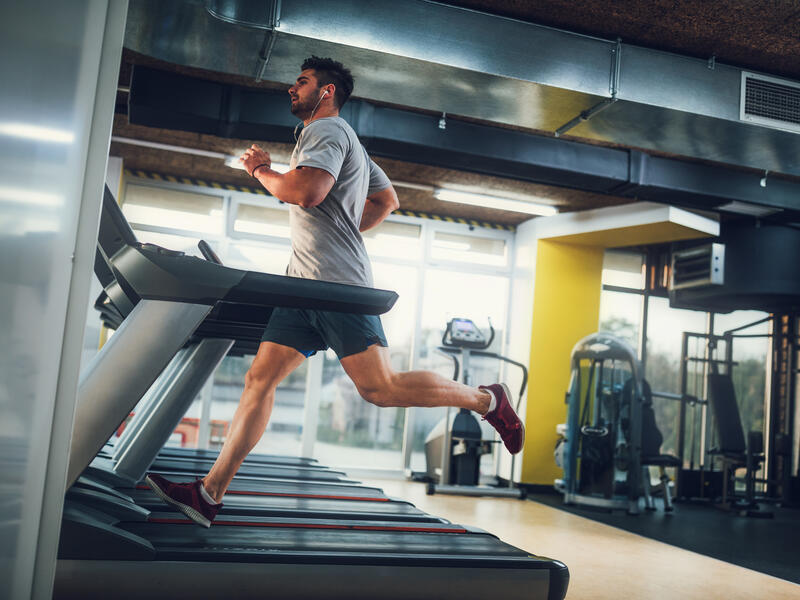Runners in the Upper Midwest get the pleasure of experiencing weather at its extremes. North Dakota, South Dakota and Minnesota experience four distinct seasons ranging from cold, dry winters to hot, humid summers.
If you’re a runner in that climate, you should adjust your running plan to fit the season. During winter, take a step back from training. After a long racing season, winter is a great time to recover from injuries and competition.
This winter, try these strategies from Sanford Sports trainers to prepare for your first spring race.
Decrease training volume
Winter is the time to decrease your training volume. This can look like one of two methods: a recovery or base training cycle.
During these cycles, you’ll either rest or progressively build up your mileage. Decreasing your training may seem counterintuitive, but you’ll reap the benefits at your next race.
Every runner approaches training volume differently, but everyone has one goal in mind – peaking at the right time. By resting or decreasing your training during the winter, you’ll hit your peak come competition time.
Increase strength
All athletes – regardless of their sport – will experience strength loss during their season. Runners are no exception and usually lose strength in two muscles: gluteus medius and maximus.
Losses in these muscles can lead to injuries. Specifically, it can cause patellofemoral pain syndrome and iliotibial band friction syndrome – both of which cause pain around your knees.
If you’re a runner plagued by these injuries, use your downtime this winter to build up your strength. Strength training prevents injuries by increasing the structural integrity of connective and bony tissue.
Hitting the weights also improves your overall performance. By increasing strength, you can increase your peak speed, running economy (how efficiently you use oxygen at a given pace) and how long it takes to hit exhaustion running at maximum speed.
Analyze running mechanics
Winter is all about preparing for your next race day. It’s the perfect time to learn where you can improve through gait analysis.
Gait analysis at Sanford Sports finds strategies to improve your performance and can identify movement-related issues in runners with injuries.
It uses high-speed video cameras to capture your running form. The treadmill or force platform you’re running on also analyzes the force you’re applying to the ground.
This information either confirms that you’re running efficiently or identifies ways you can improve. For example, by adjusting your foot-strike pattern, you could change how you apply force to the ground, which alters how the ground reapplies that force back on your body.
Find a running program like Sanford Sports Performance to get started.
Learn more
- ‘Exercise is Medicine’ helps lose pounds, gain confidence
- Why running is good for you, according to doctors
- Sanford Sports running program designs plans for all levels
…
Posted In Healthy Living, Running, Sanford Sports, Sports Medicine
